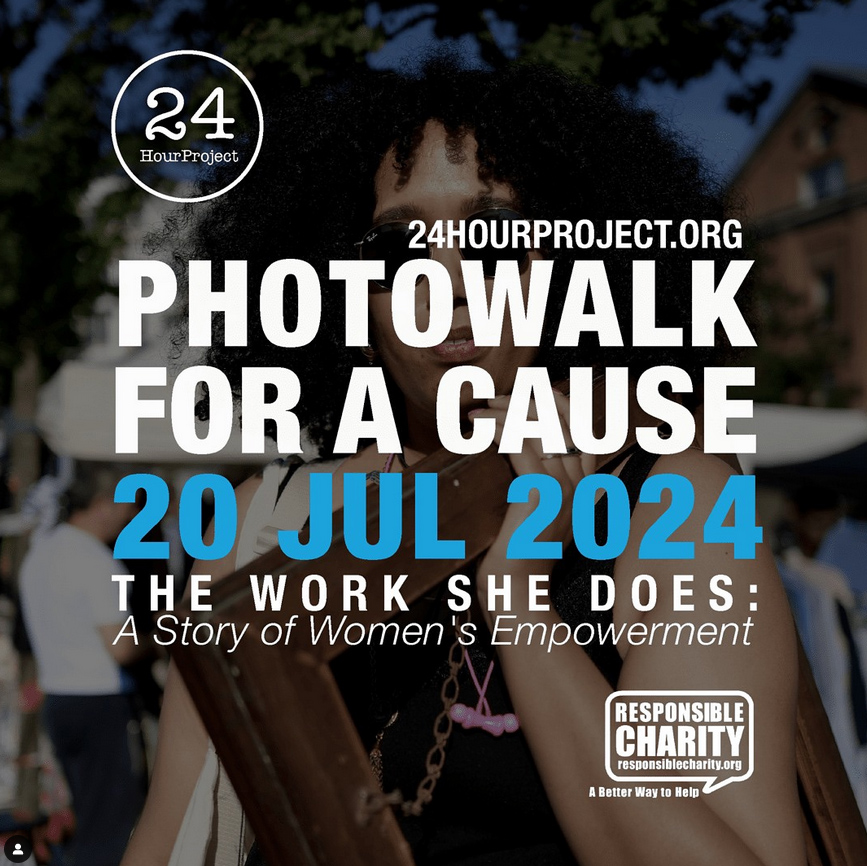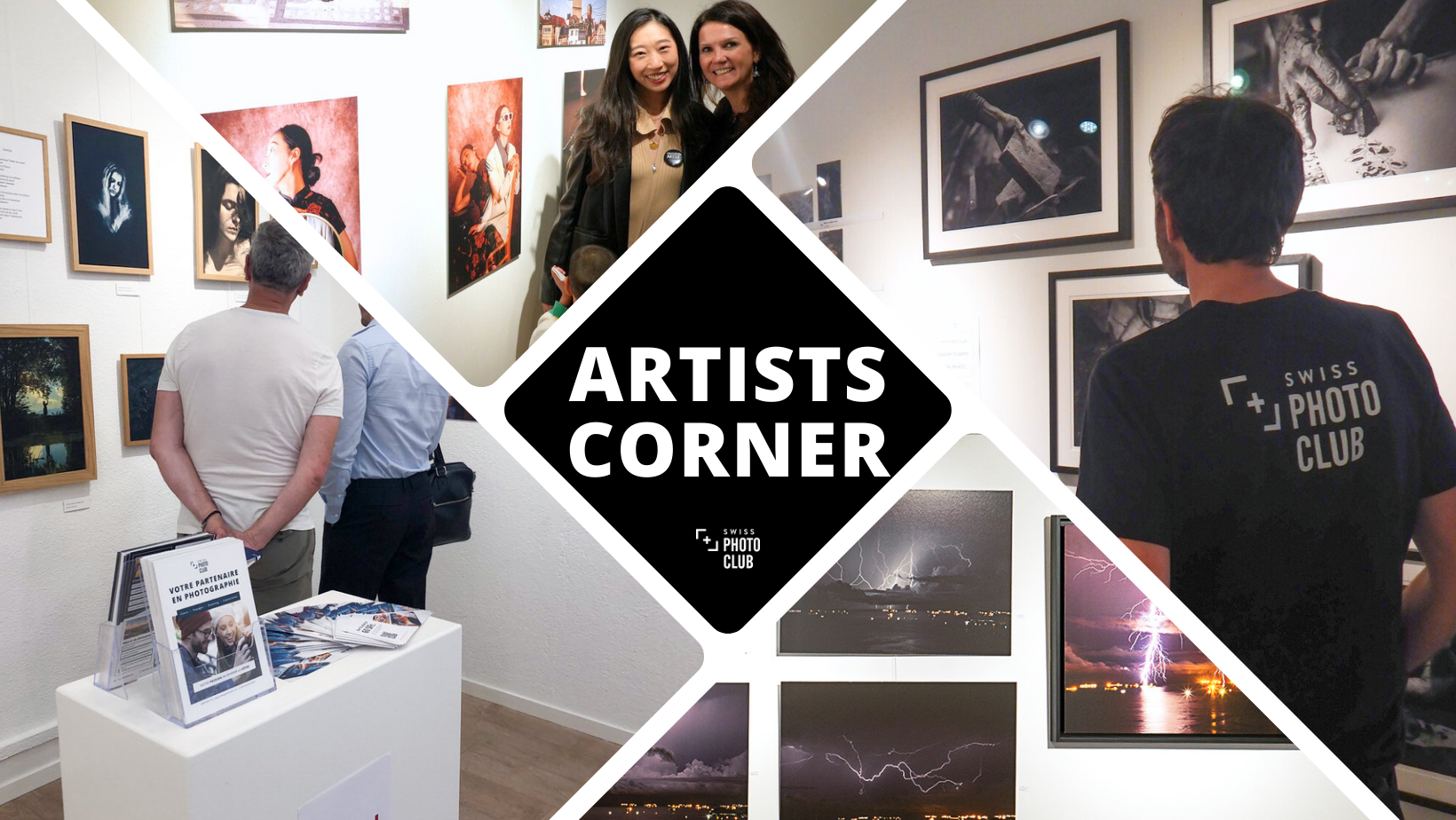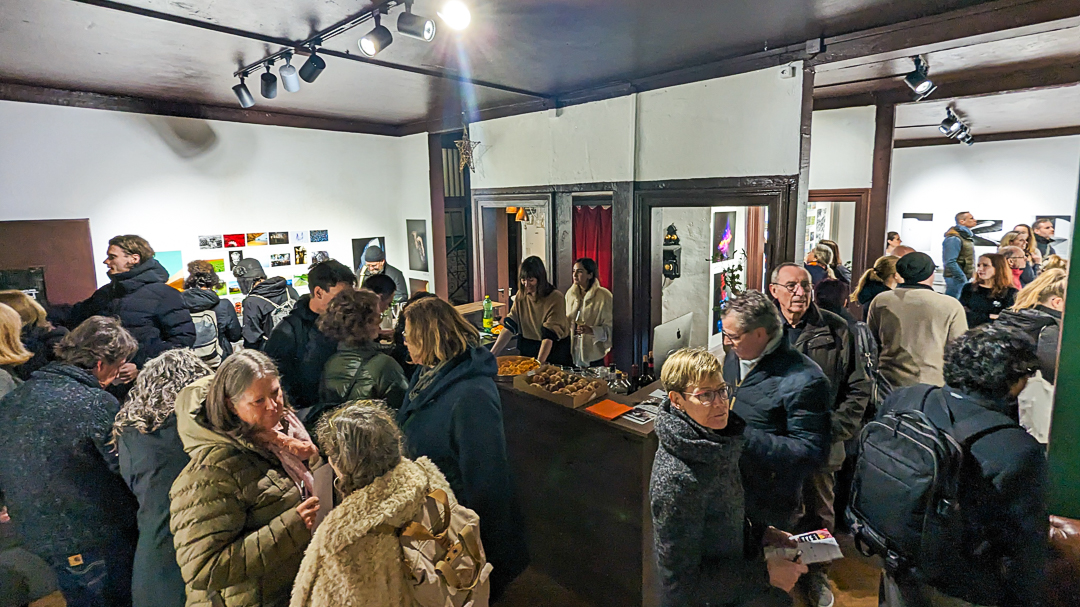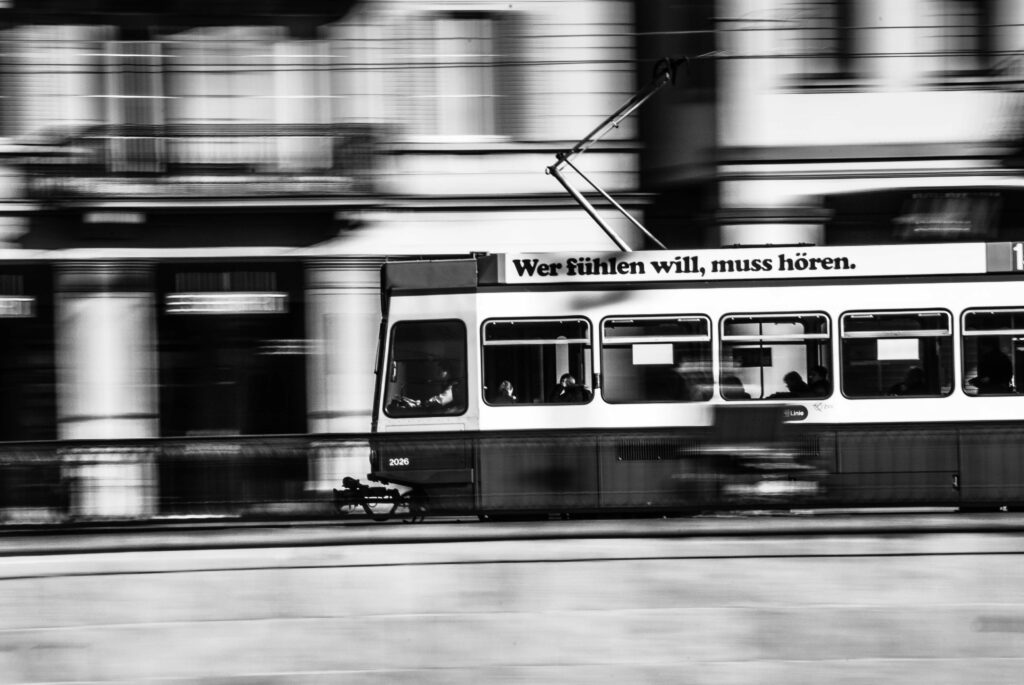
Street photography is a genre of photography that captures everyday life in public places. It’s typically characterized by candid, (seemingly) unposed images of people and their surroundings. Unlike other types of photography, street photography usually captures real-life moments as they happen. It requires a keen eye for detail, good timing, and the ability to capture emotion and atmosphere in a single frame.
Overall, street photography offers a unique and exciting way to capture the beauty and complexity of everyday life.
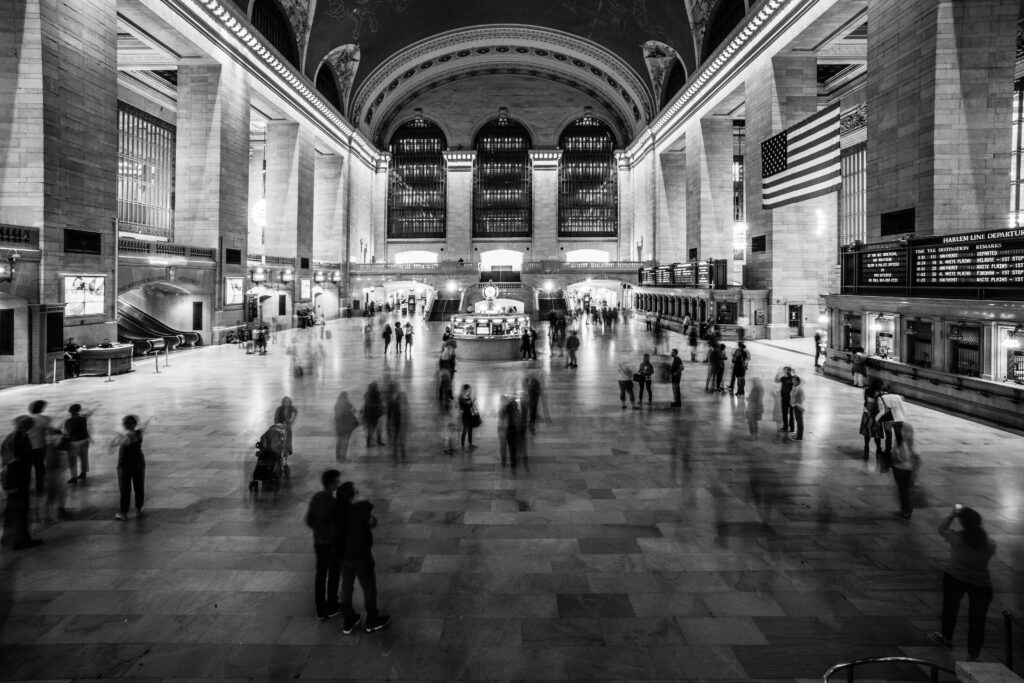

History of Street Photography
Street photography has a rich history that dates back to the early days of photography. Some of the earliest examples can be found in the work of Charles Nègre, who documented the streets of Paris in the mid-19th century, and Eugène Atget, who did the same in the late 19th & early 20th centuries.
However, it was not until the 20th century that street photography became a recognized art form. The work of photographers such as Henri Cartier-Bresson, Robert Frank, and Garry Winogrand helped to define the genre and make it one of the most popular and influential forms of photography today.
With the rise of digital technology and social media, street photography has become even more accessible and widespread, allowing photographers from all around the world to share their work and perspectives on the urban landscape.
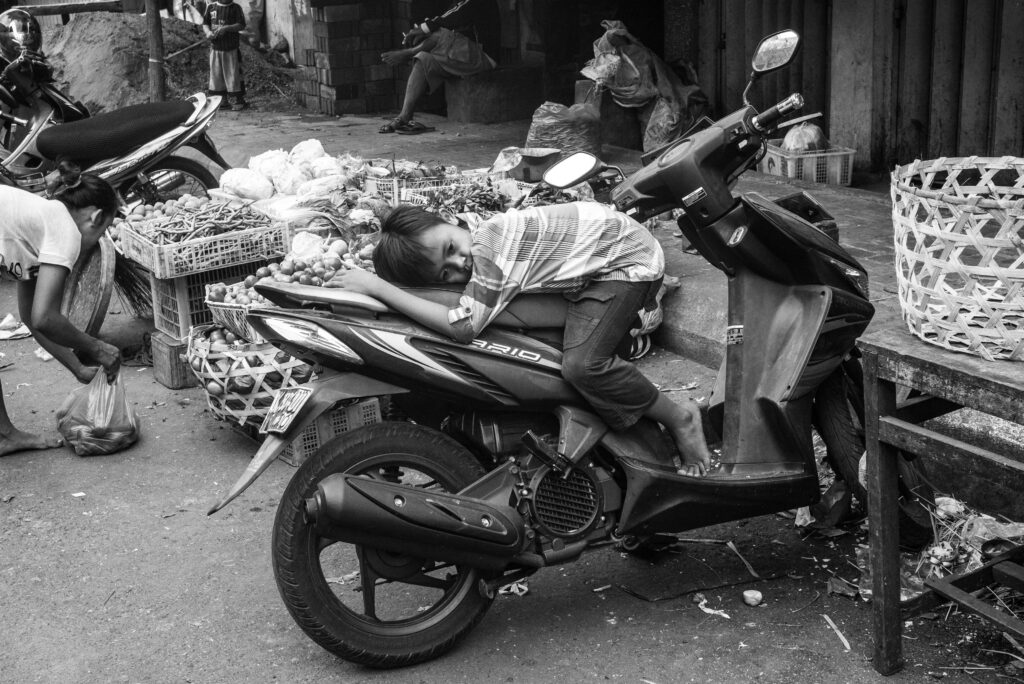

Street Photography Gear
When it comes to street photography, having the right gear can make a big difference in the outcome of your photos. A camera with manual controls, a fast lens with a wide aperture, and a compact size can all be beneficial. Many street photographers prefer smaller cameras such as mirrorless or rangefinder models that are less conspicuous and allow for discreet shooting. A versatile zoom lens or a prime lens in the 28mm to 50mm range is ideal for capturing different perspectives and compositions.
Other useful accessories include an extra battery, memory cards, and a camera strap that allows for quick adjustments. Ultimately, the best gear for street photography is the one that you feel comfortable with and allows you to focus on capturing the moment.


Techniques for great composition in Street Photography
Capturing emotions and mood in street photography is essential to make the viewer feel something when they look at the image. One way to achieve this is by paying attention to lighting, shadow, and color.
For example, the use of contrasty light and deep shadows can create a sense of drama or mystery. Warm colors can evoke feelings of joy or happiness, while cooler colors can convey a sense of melancholy or sadness.
By observing the environment and the people in it, and using these elements purposefully, you can create images that communicate emotion and mood effectively. Additionally, capturing candid moments and genuine expressions can also help convey emotion in street photography.
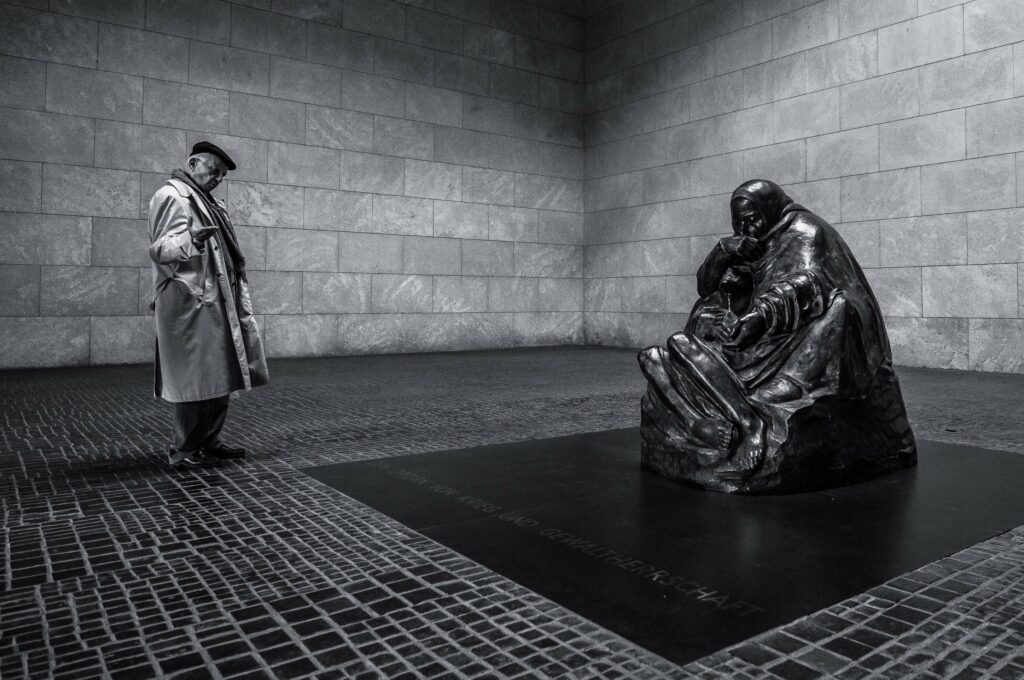

Candid vs. Staged in Street Photography
Many street photographers argue that candid shots are the purest form of street photography, as they capture unposed, unfiltered moments of life as they happen. These types of shots are often the most authentic and powerful in conveying the emotion and atmosphere of a scene.
However, there are also valid reasons for using staged photography in the street. For example, staged photos give the photographer more control over the scene and can result in more artistic and thought-provoking images. Additionally, staged shots can help to address ethical concerns around photographing people without their consent, as they give the subject the opportunity to participate in the creation of the image.
Ultimately, both candid and staged approaches can produce great street photography, and the decision of which to use will depend on the goals of the photographer and the specific circumstances of each shot.
(By the way, if you’re shy, check out our guide to photographing strangers.)
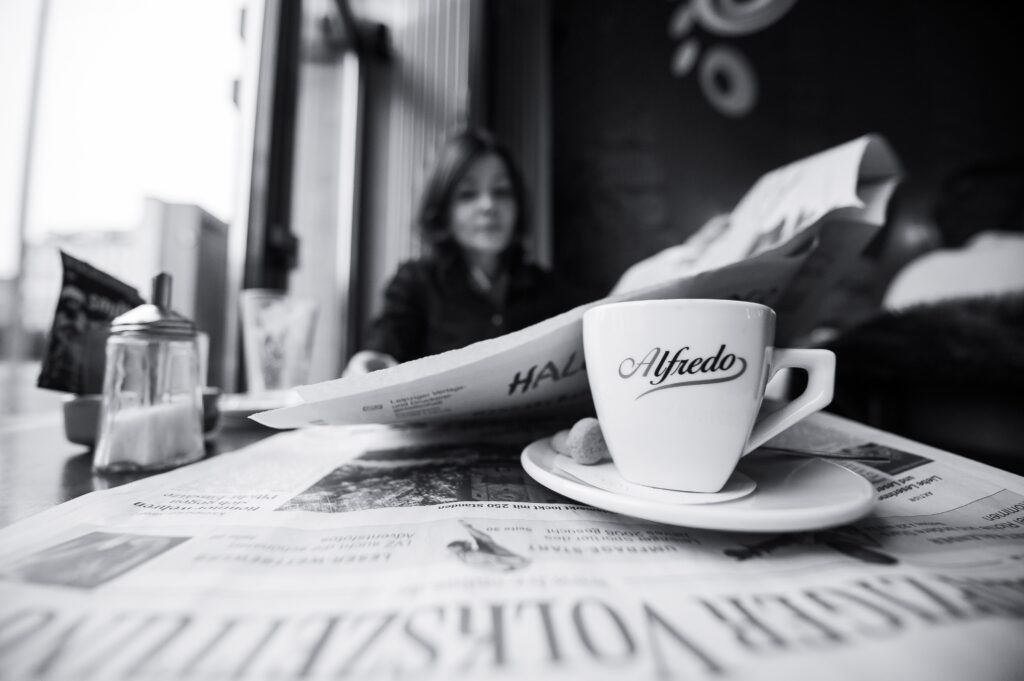

Master Street Photography
Street photography is a challenging but rewarding genre that requires a combination of technical skills, creativity, and perseverance.
If you want to go deeper into this genre and combine theory with guided practice, join one of our upcoming Street Photography Classes. Our expert photography teachers will help you learn (and practice!) how to create compelling and evocative images that capture the beauty and essence of everyday life. Spend a half a day with us rediscovering your city through your lens and capturing the decisive moments that make great images.


